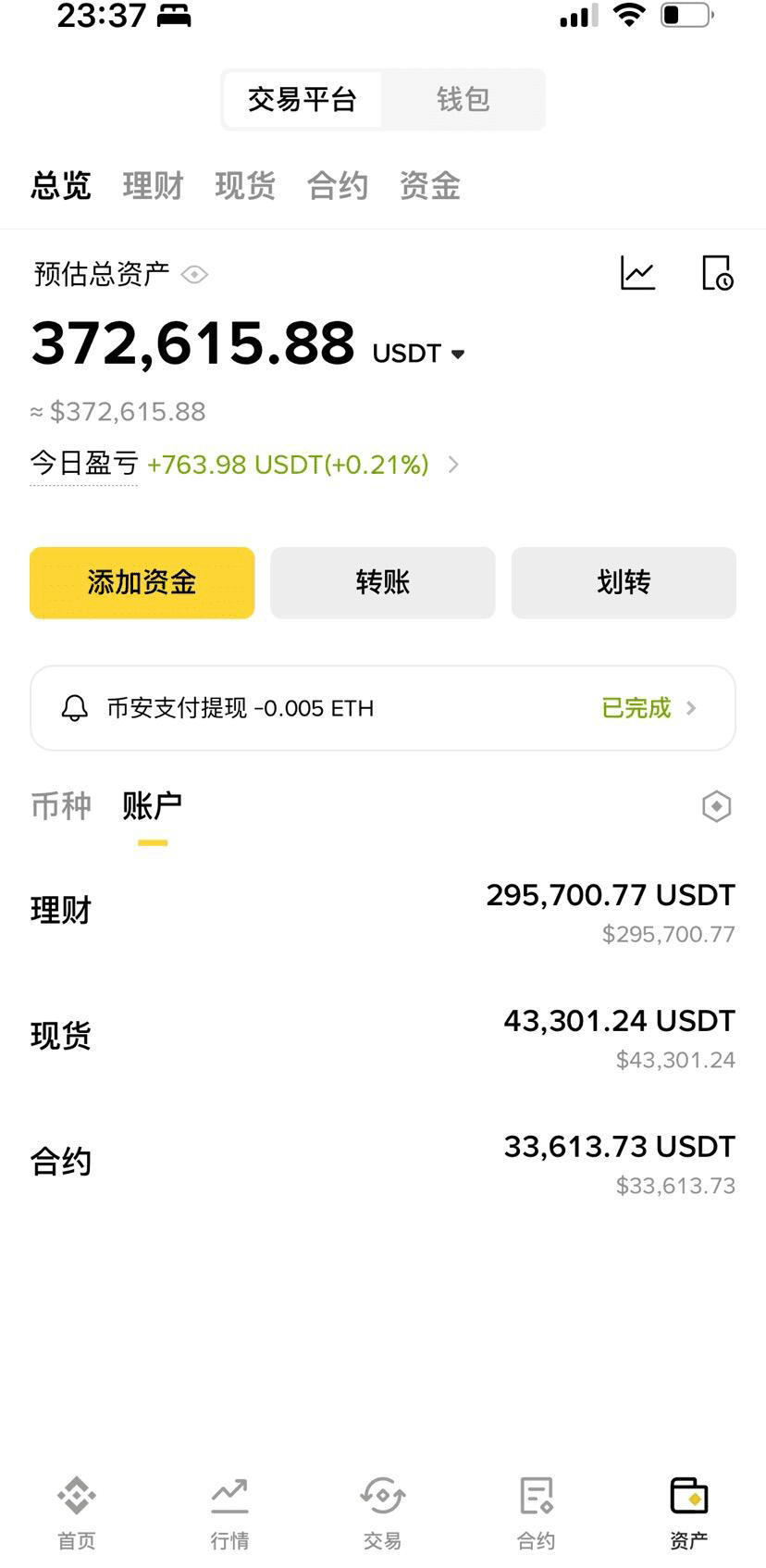After eight years in the crypto space, turning 80,000 into over 4 million, I could write a bloody history of the pitfalls I've encountered. Today, I'll share a few practical tips to help newbies avoid detours—
1. Enter with spare money, this is a hard rule
The risks in the crypto world are as crazy as the rewards; never throw your living expenses or mortgage money into it. Only play with spare money; if you lose, it won't affect next month's rent or buying formula for your child, and you'll be able to maintain your mindset. I've seen too many people gamble with their life savings, lose sleep and hair when prices drop, and end up panic-selling without thought; it's a state that makes it nearly impossible to make money.
2. Don't jump on a coin that's skyrocketing
If you see a coin suddenly spike, with K-lines moving like a firecracker, don’t let your excitement lead you to jump in. Remember, there is no myth in the crypto world where prices only go up; spikes are often followed by corrections. The market is like a pendulum; when it swings to the extreme, it will always swing back. It’s much better to wait until it stabilizes a bit before considering entry, rather than chasing it at the peak.
3. Understand K-lines before taking action
Don't think that technical analysis is mystical; there's a lot hidden in the K-line charts. At the very least, you should understand support and resistance levels—support is where a drop is likely to rebound, and resistance is where a rise is likely to face a hurdle. Although you can't rely on this to predict the market with 100% accuracy, it can help you avoid many obvious pitfalls and make your buying and selling timing more precise.
4. Don't put all your funds into one basket
The most common mistake newbies make is going all in. They are ecstatic when it rises and dumbfounded when it falls. The correct approach is to enter in batches; for example, buy 30% first, and then add 20% when it drops. This way, you can lower your costs and avoid being deeply trapped all at once. Positioning is like the gas pedal while driving; you need to gradually press it according to the road conditions. Slamming it to the floor can easily lead to an accident.
5. The stop-loss line is the lifeline
No matter how optimistic you are about a coin, you must set a stop-loss line in advance, such as cutting losses at 10%. Don't keep fantasizing that 'if I wait a bit longer, it will rebound'; sometimes, drops in the crypto world are more brutal than waterfalls. By the time you react, your principal may have already halved. Although stop-losses are painful, they can preserve your vitality, and as long as there's still some capital left, you have a chance to turn things around.
6. Homework is more reliable than signals
Don't trust those 'teachers' or 'gods' who shout signals; if they could really guarantee profits, they would have made a fortune quietly. Spend more time researching projects: Is the team reliable? Are there any technological barriers? Is the community active? This information is much more concrete than rumors. If you do your homework, the chances of stumbling into pitfalls can be reduced by half.
7. Patience is more important than speed
Crypto is not a game; don't just stare at the charts and make random trades all day. Quality coins often need time to ferment. I've seen too many people unable to hold their positions, selling just before a price surge, only to regret it later. Stay patient, do less, and sometimes lying low can earn you more than constant trading.
Ultimately, trading in crypto is not about luck; it's about mindset and discipline. The above points may seem simple, but few can truly implement them. Take it slow, survive first, and then think about making money. Only those who last long in this space can laugh until the end.